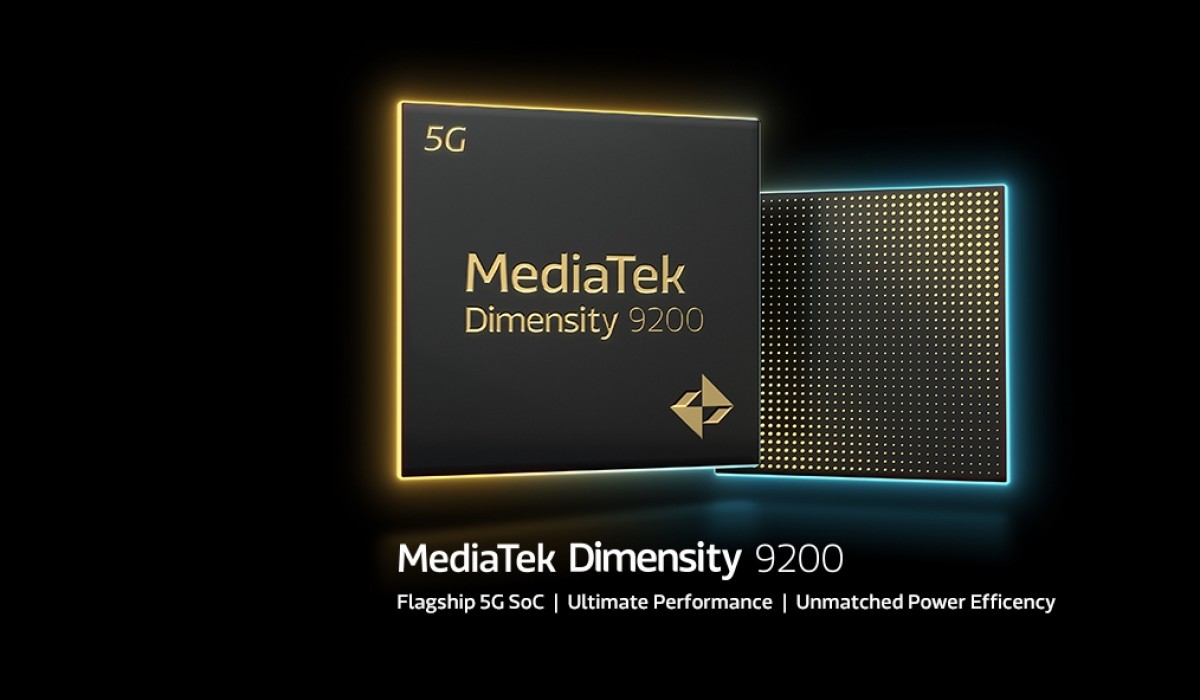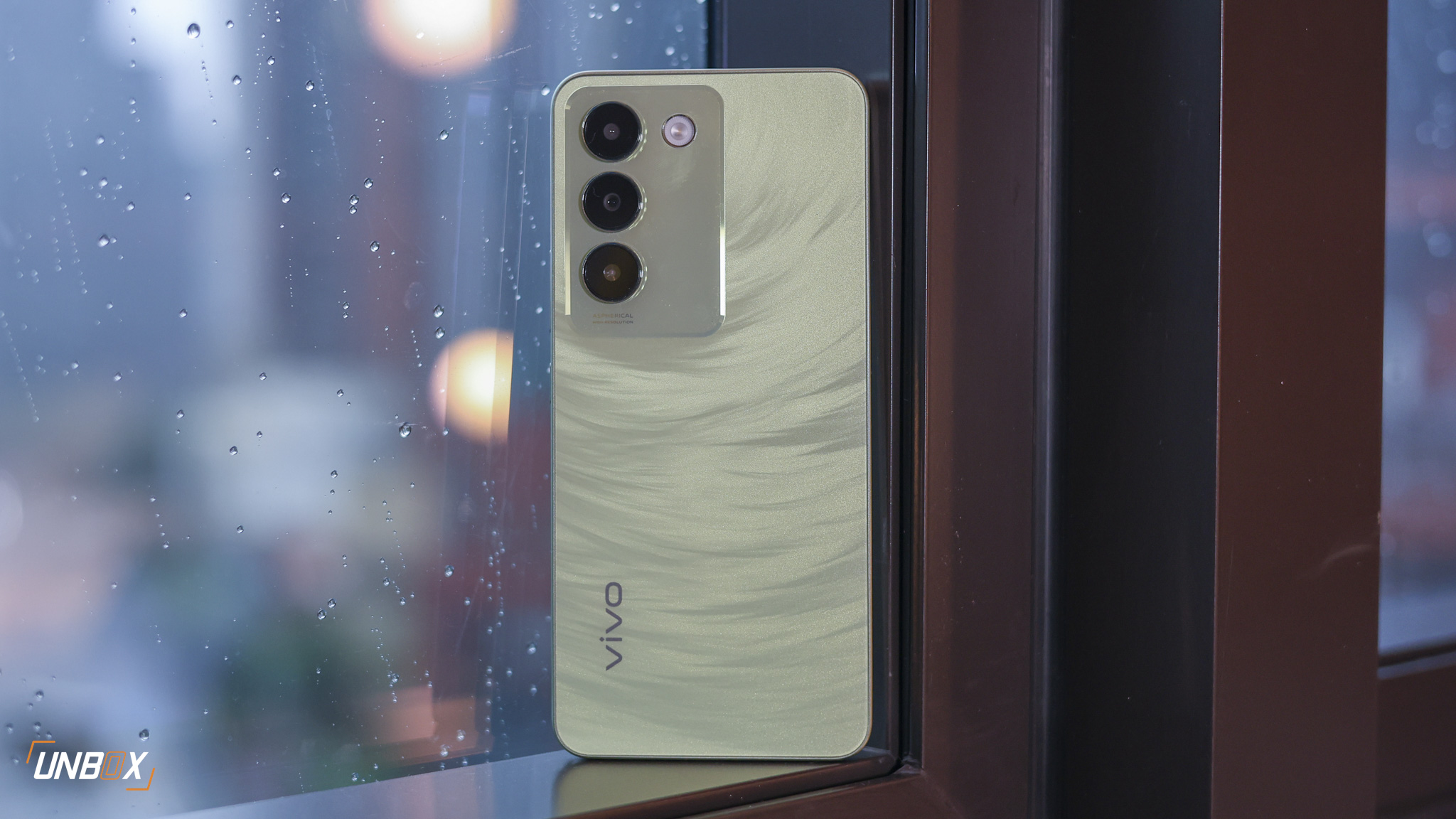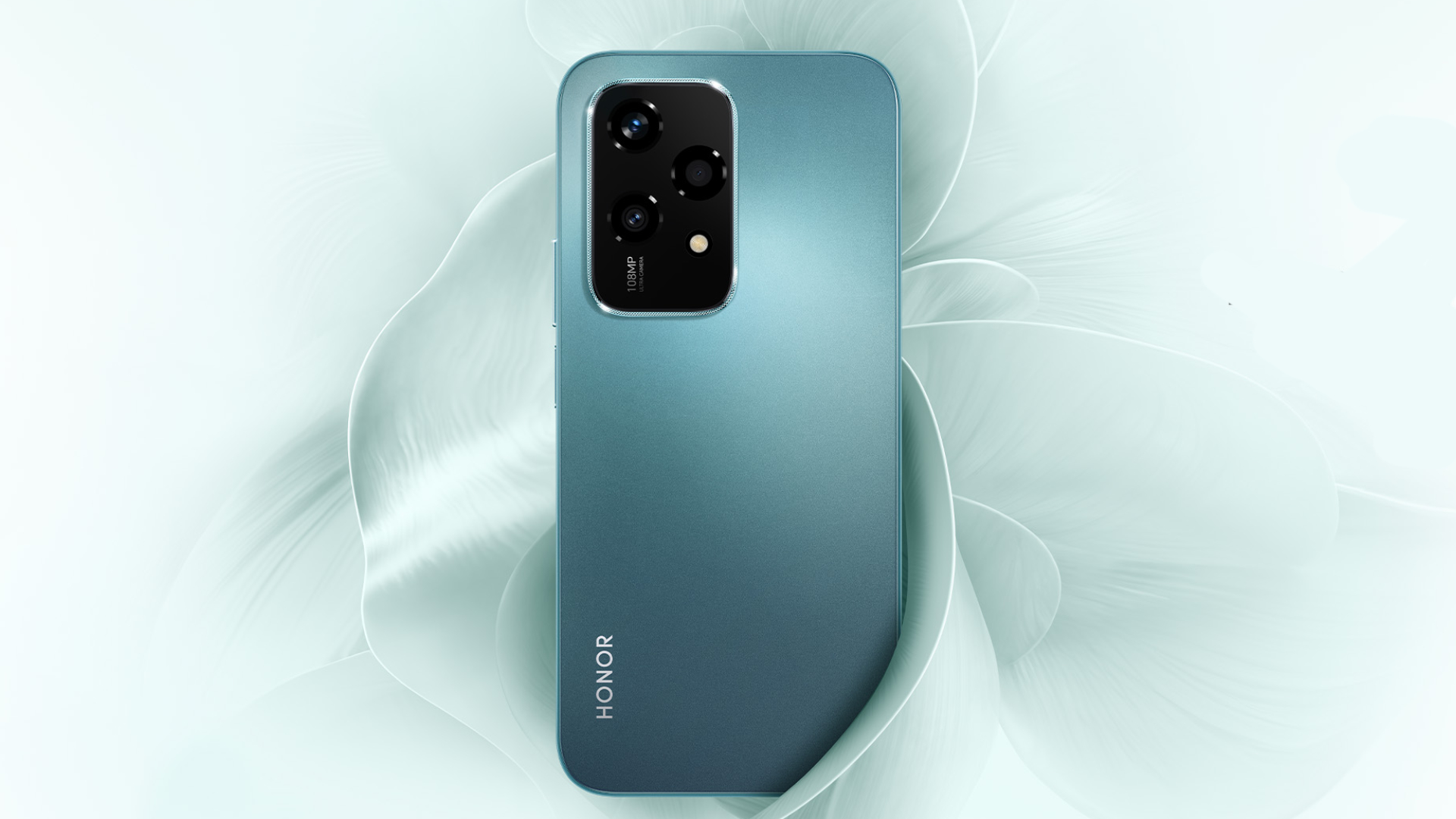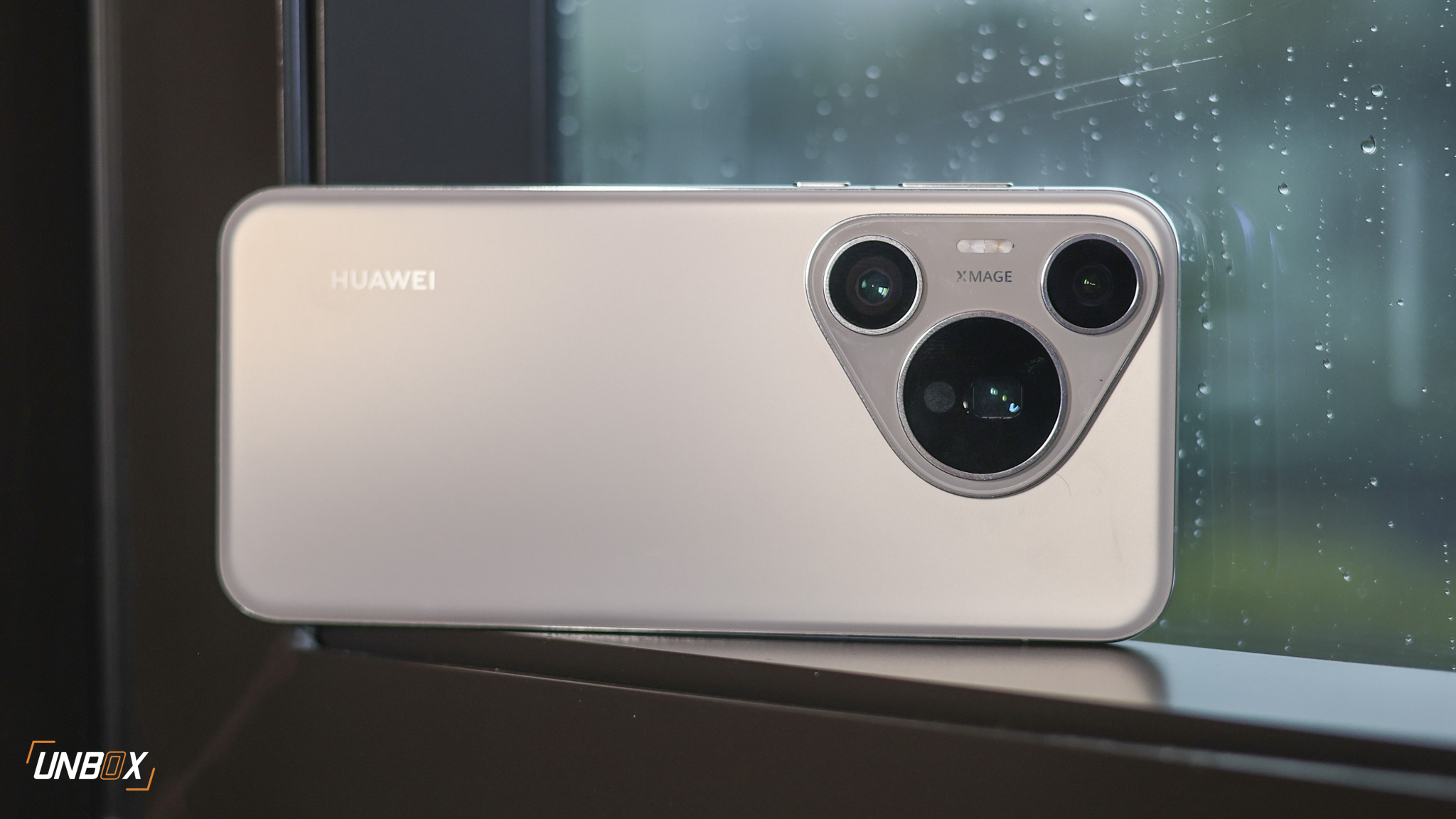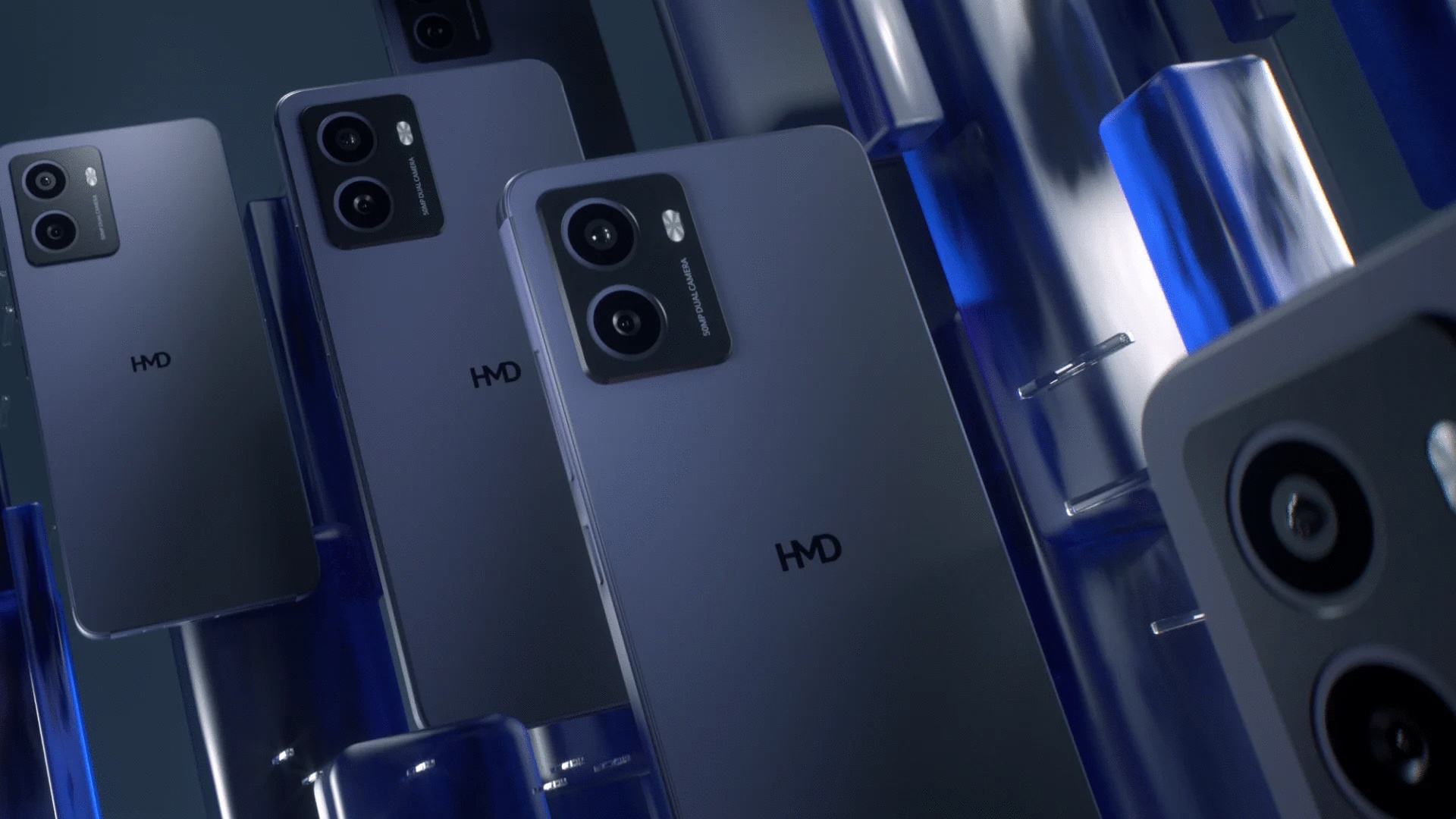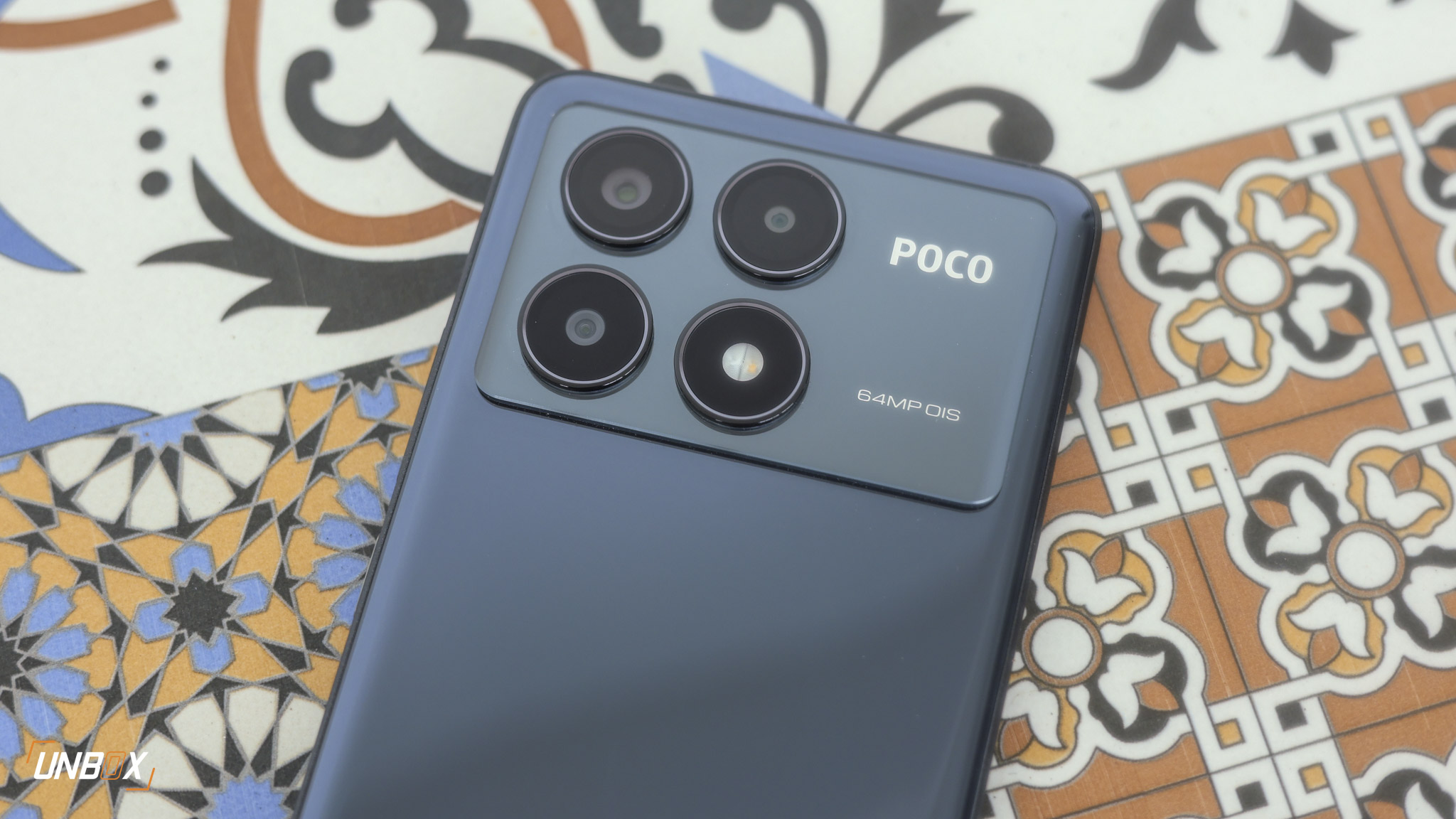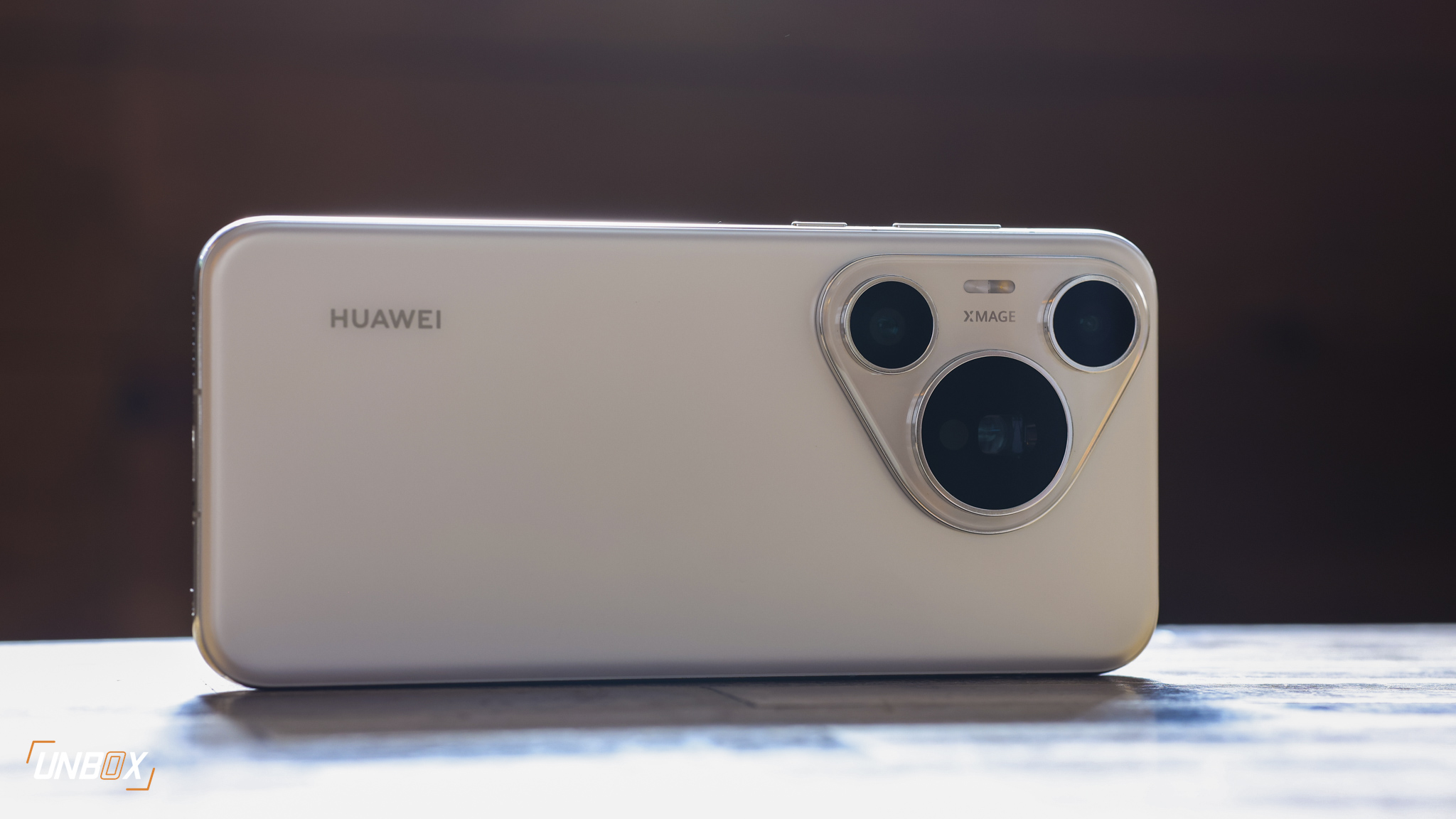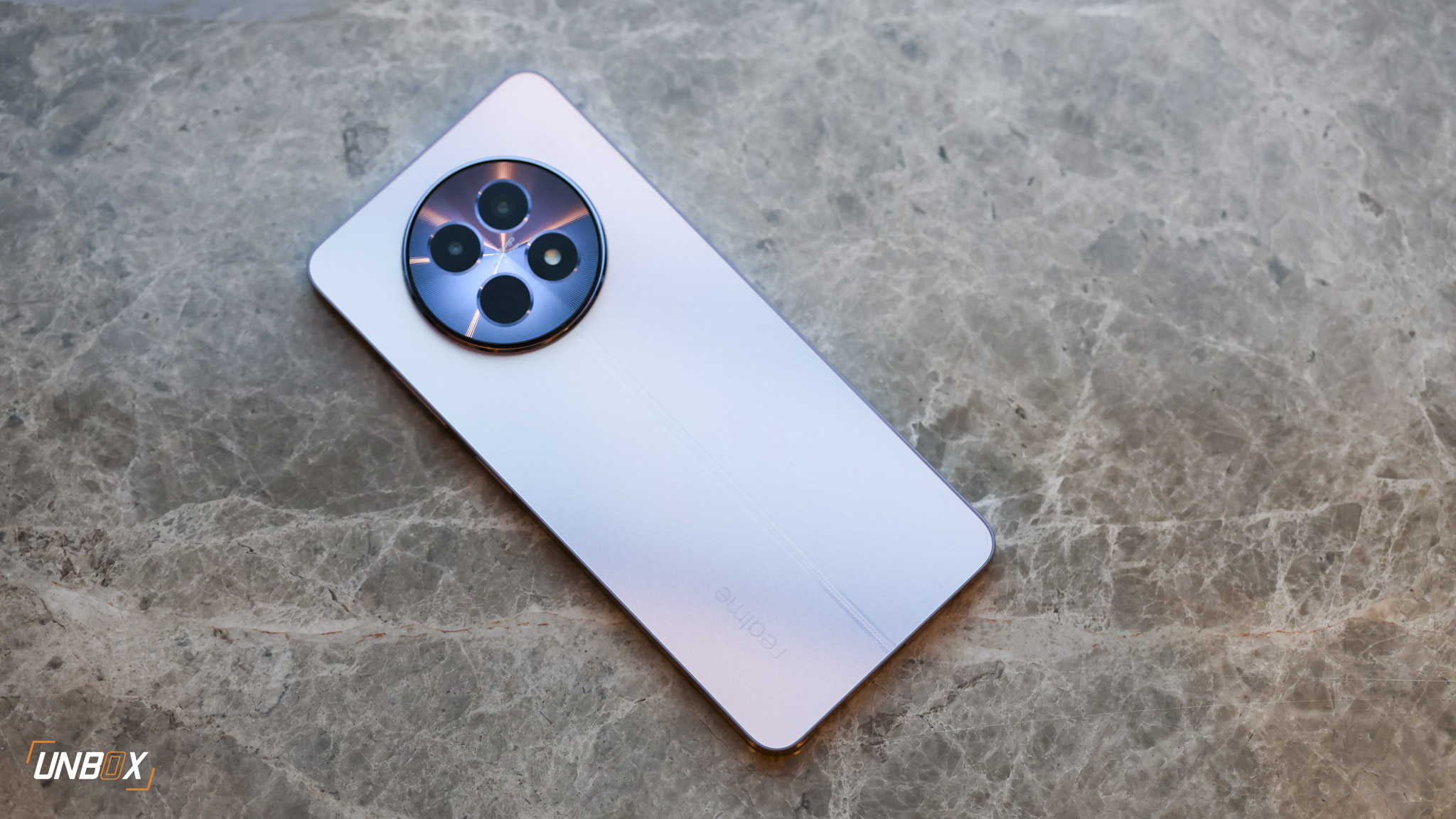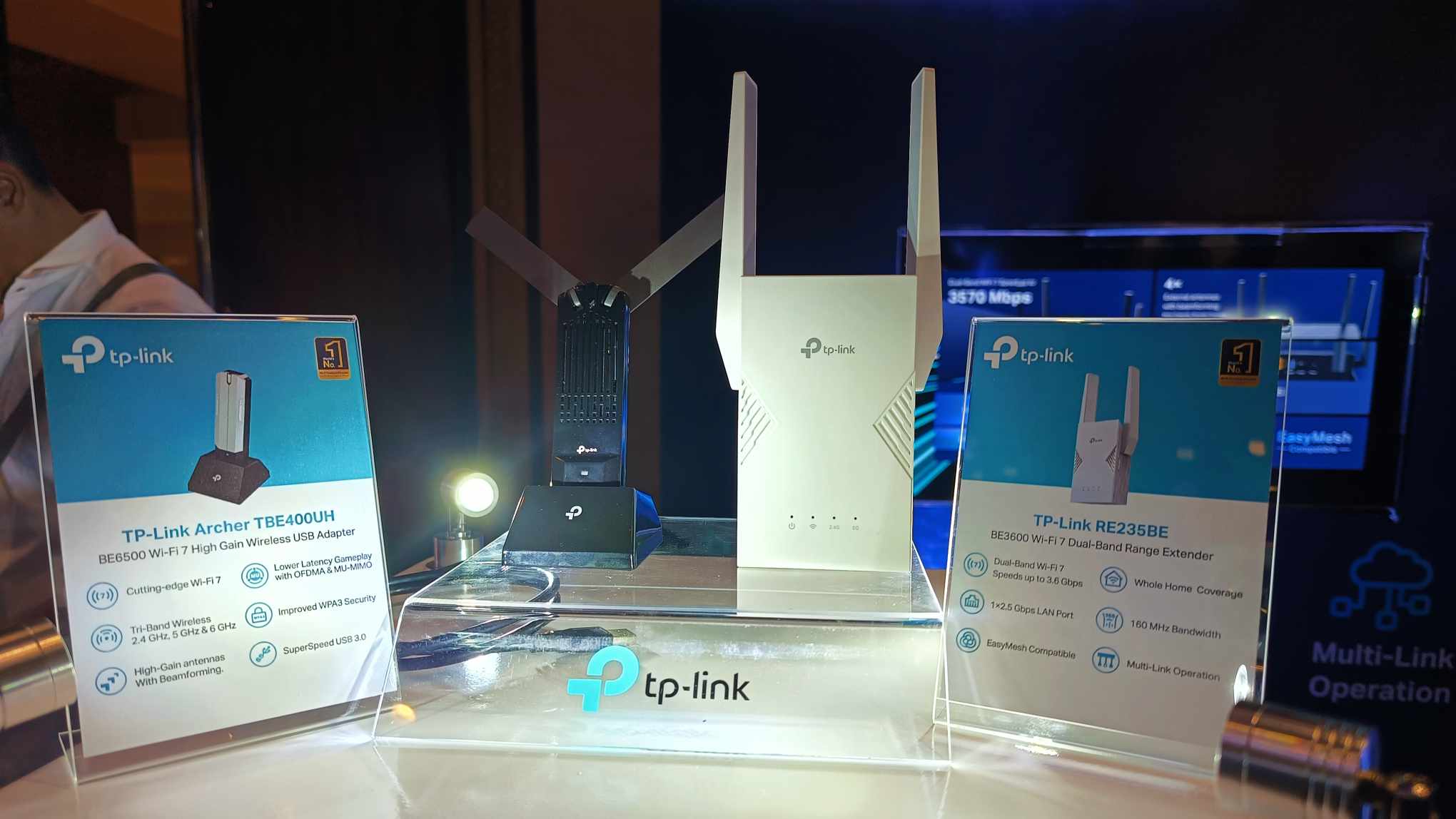Earlier this month, MediaTek formally unveiled its latest Dimensity 9200 flagship processor to lead the new era of high-end mobile chipsets. Well, it’s been confirmed in a recent leaked benchmark of the long-awaited upcoming vivo X90 lineup. Here’s how it fared.
Let’s get the Dimensity 9200 technical specifications out of the way first. It’s rocking a 4nm octa-core setup with one Arm Cortex-X3 core at 3.05GHz, three Arm Cortex-A715 cores at 2.85GHz, and four low-power Arm Cortex-A510 cores at 1.8GHz. The brand claims that this is the perfect blend of power and energy efficiency, helping Dimensity 9200 equipped devices last longer than ever before. Supporting this is an Arm Immortals G715 GPU that supports hardware-based ray tracing, engineered for unparalleled gaming performance. This is supported by MediaTek’s HyperEngine 6.0 Gaming Technology for fast, fluid action.
Other notable specifications include support for MiraVision 890 tech, support for WiFi 7, UFS 4.0, LPDDR5X RAM, class-leading AI functionality, and dual-antenna connectivity. For more specific information, check our piece here.
All these advanced details on paper could be the reason why many are expecting the vivo X90 lineup to raise the bar for smartphones at launch. However, people have found the vivo X90 with this specific processor installed on the Geekbench page. Here are its numbers:
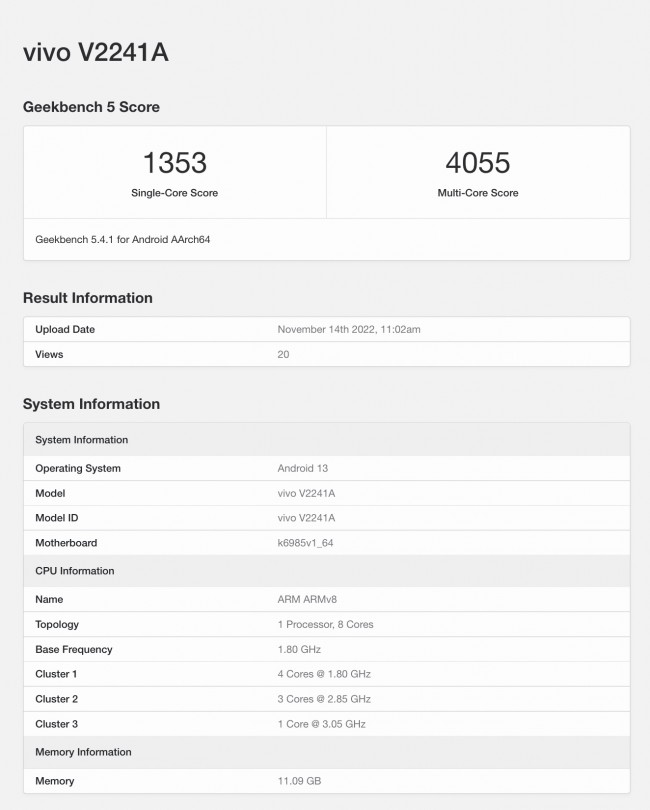
The alleged vivo X90 dubbed the “V2241A” for now has managed a single-core score of 1353 and a multi-core score of 4055. That’s well within flagship territory, but not necessarily class-leading. After all, this device is likely still on an experimental build that fails to draw out the hardware’s full potential. Still, we’d like to include the Dimensity 9200 in some comparisons.
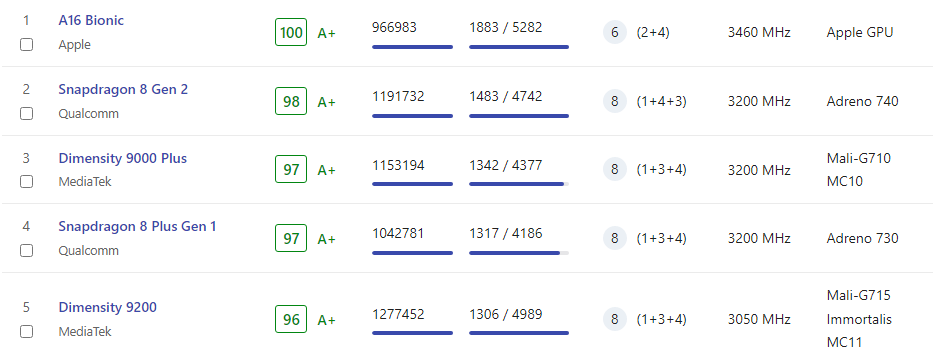
Other sites such as NanoTechReview have included the Dimensity 9200 in its rankings, as seen here with the fifth place. Here, the chipset performs more or less the same with single-core performance but jumps by almost a thousand in the multi-core testing. We can infer that this is a more mature, stable build that ekes out more power from the chip.
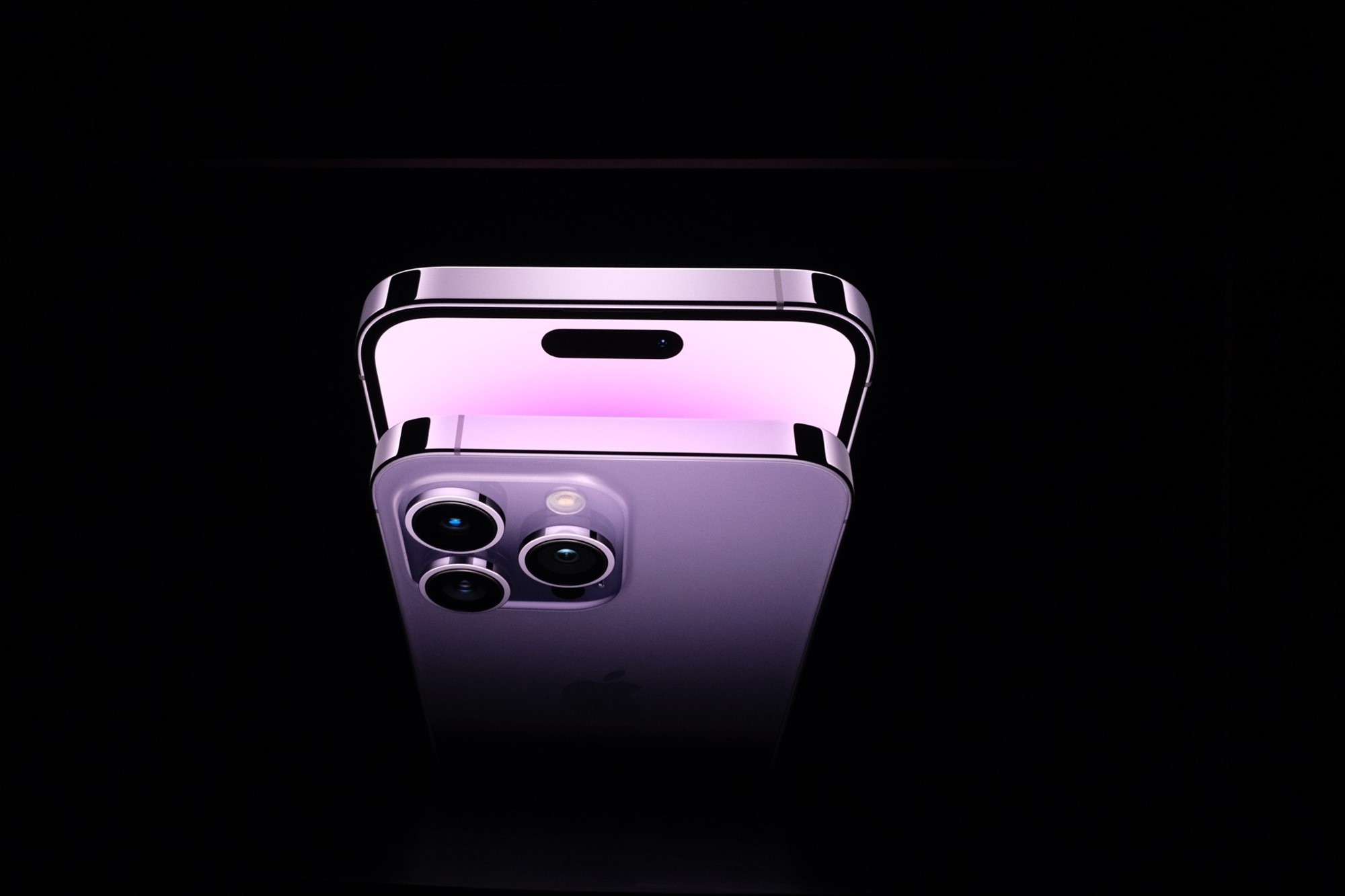
Against the A16 Bionic found in the latest Apple iPhone 14 Pro models, it’s down by around 500 points on single-core and 200 points on multi-core performance. That’s not too big of a difference, especially since we know that optimization is one primary reason why iPhones score so well on benchmark tests and in real-life use.
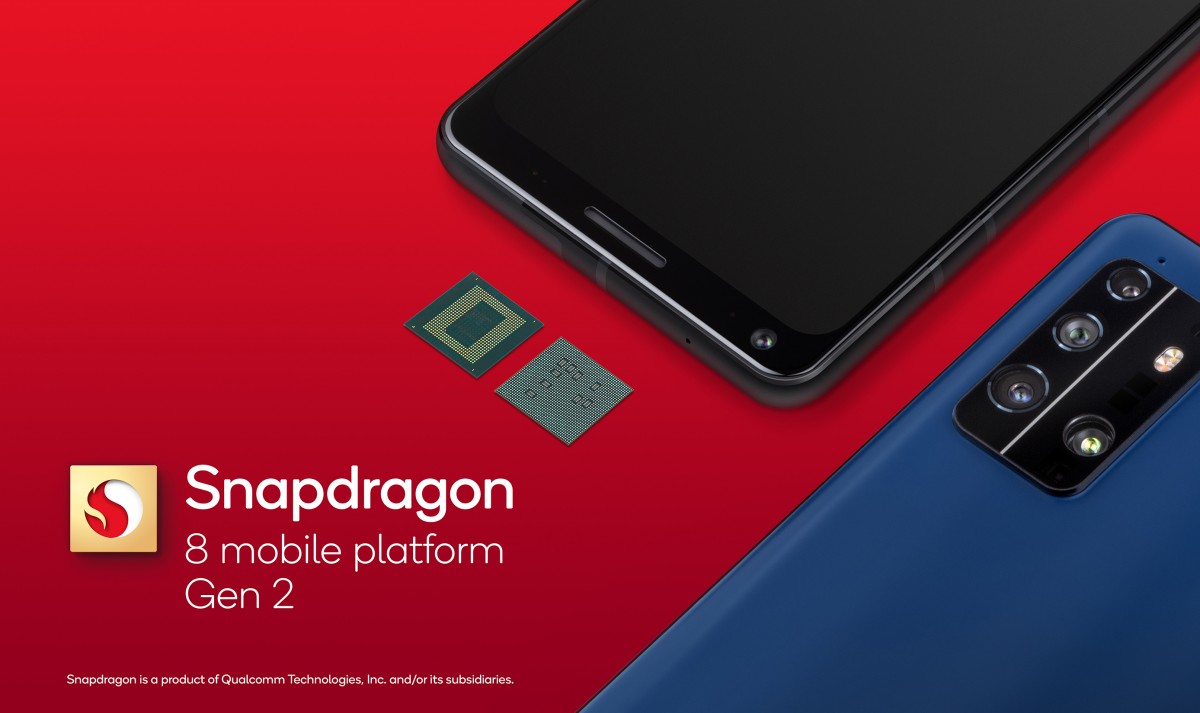
The Dimensity 9200 finds itself trading blows with this year’s Snapdragon 8 Gen 2 chipset. This chip is expected on almost all flagship devices this year. The difference is around 100 on single-core, but the 9200 edges out its rival by around 200 on multicore performance. Oddly enough, it’s ranked below the Gen 1 and the 9000 Plus despite higher scores. It’s still above the Exynos 2200 found in the S22 Ultra and other popular high-tier chipsets though.
One likelihood is peak power versus consistency. If the 9200 can hit higher scores than those above it in this list but bog down after a few tests due to thermal throttling, then there’s no point. Sustained performance levels are of utmost importance for everyday use.
We have yet to see what the final Dimensity 9200 will be like, especially when embedded in a smartphone. We can’t wait to get one in our hands to let you all know how it performs. Need to know more? Check out the official site here.


